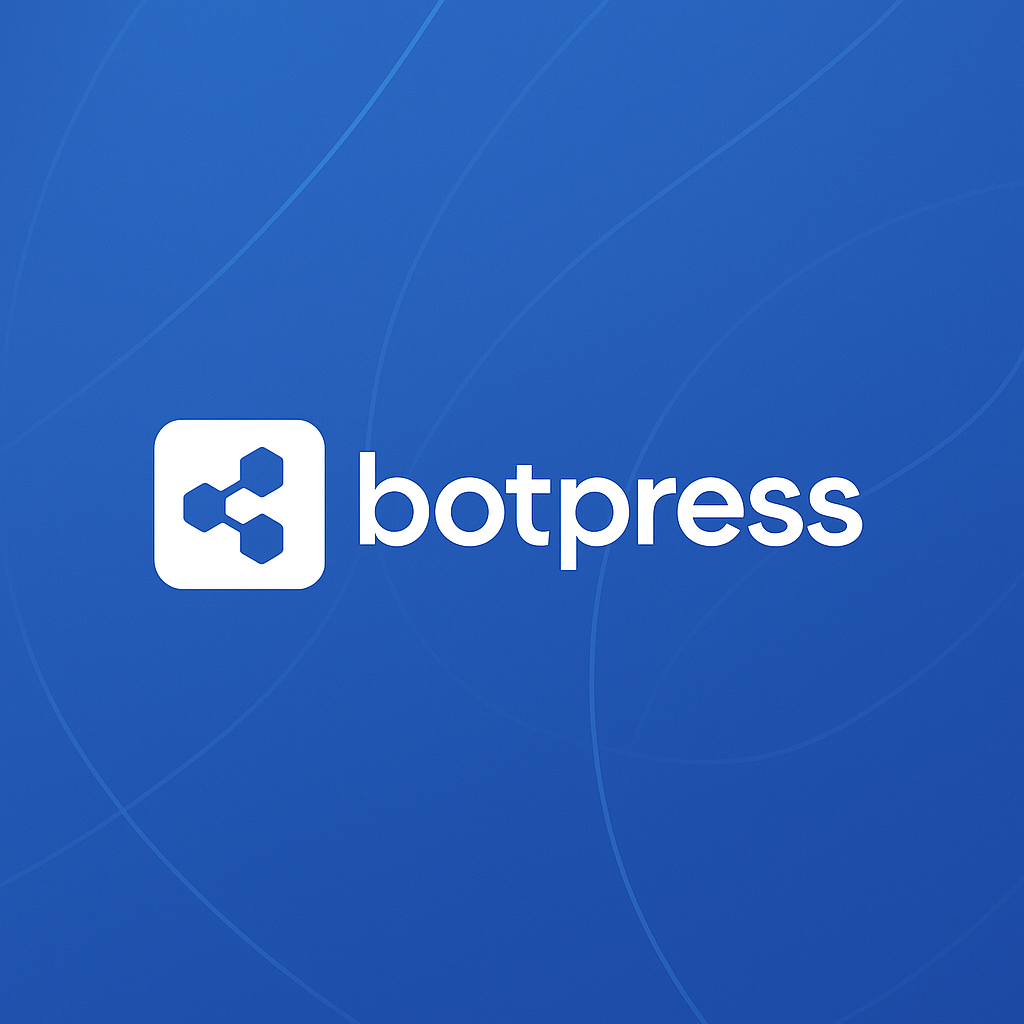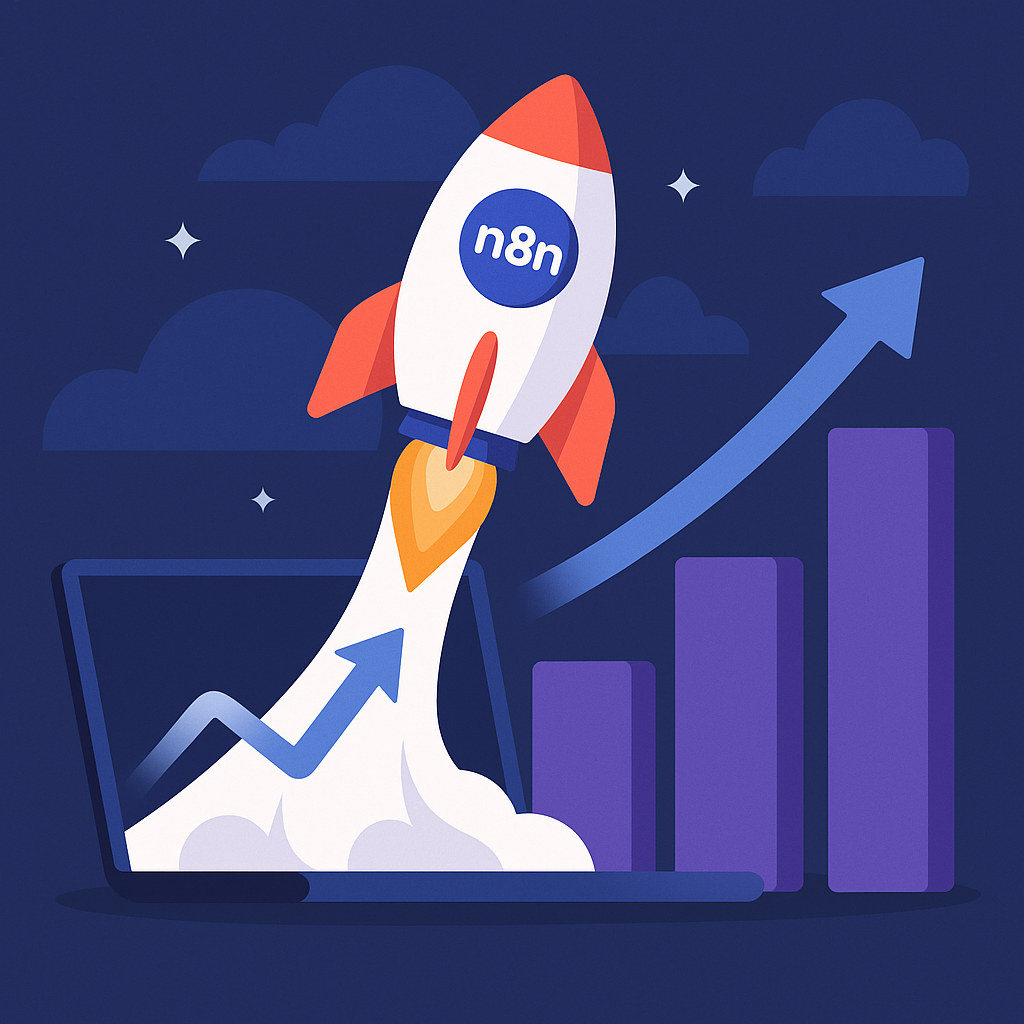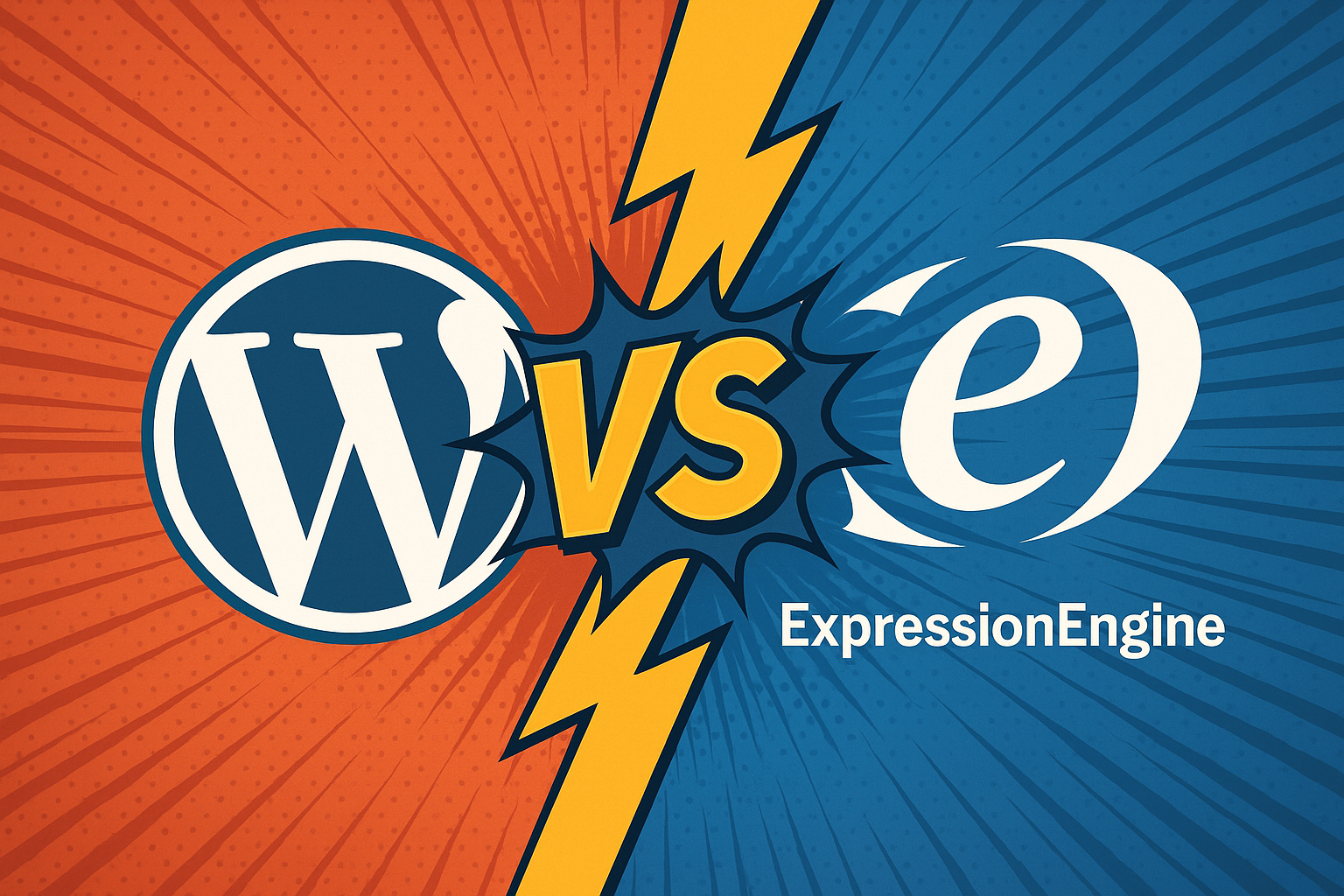
In the age of intelligent automation and 24/7 digital engagement, chatbots have become a cornerstone for modern customer experiences. Whether it’s onboarding users, qualifying leads, or automating support, businesses need reliable tools to build and manage conversational agents.
One platform gaining popularity among developers and enterprises alike is Botpress—an open-source conversational AI platform built with flexibility, customization, and enterprise-readiness in mind.
But is it the right fit for your next project?
Let’s break down the pros and cons of Botpress to help you make an informed decision.
Pros of Using Botpress
Open Source with Full Control
Botpress is 100% open source (under the AGPLv3 license), which means you have full access to its source code. This allows complete customization, self-hosting, and data ownership—ideal for companies that want to avoid vendor lock-in or need on-premise deployment for compliance
Natural Language Understanding (NLU) Engine
Botpress comes with its own built-in NLU engine, including intent recognition, slot filling, and entity extraction. It supports multilingual bots and integrates well with tools like Microsoft LUIS or Rasa if you want to expand.
Modular Architecture
Everything in Botpress—from analytics to channel connectors—is a module. This makes it extremely extensible. You can build or plug in custom modules for CRM integrations, live chat, CMS, analytics, or anything else.
Easy to Integrate with External Systems
Botpress exposes APIs and offers hooks/events that make it easy to integrate with third-party platforms, internal APIs, and databases.
Community & Documentation
Botpress has a strong developer community and evolving documentation. While not as massive as Dialogflow or Microsoft Bot Framework, it’s steadily growing and responsive.
Cons of Using Botpress
Steeper Learning Curve
While the visual builder is helpful, setting up Botpress still requires some developer knowledge—especially when self-hosting or integrating complex modules. It’s not as “plug-and-play” as SaaS chatbot builders like Tidio or Intercom.
Limited Prebuilt Templates
There’s no large library of ready-made bots or templates. You’re starting with a clean slate unless you build reusable flows yourself.
Performance Bottlenecks on Large Deployments
In some larger-scale deployments, performance issues have been reported—particularly when handling concurrent conversations or running large NLU models without optimization.
Not Ideal for Complex AI/NLP Out of the Box
While Botpress handles basic NLP well, it lacks advanced AI features like generative responses, context-switching memory, or LLM-level conversation handling—unless integrated externally (e.g., with OpenAI or Rasa).
Final Thoughts: Is Botpress Right for You?
Choose Botpress if:
- You need full control over hosting, logic, and data
- You’re building custom bots for clients or internal use
- You have developers available to maintain the bot infrastructure
- You want a modular, extensible platform for complex workflows
Consider other options if:
- You need quick deployment with no server setup
- You prefer SaaS tools with built-in hosting, templates, and customer support
- Your team is non-technical or prefers “no-code” solutions
How We Use Botpress at Cybertron Technologies
At Cybertron Technologies, we’ve used Botpress to build:
- Lead-qualifying chatbots for real estate and SaaS firms
- Internal HR bots integrated with Slack
- Multilingual support bots for ecommerce platforms
- Voice-to-text enabled assistants using external ASR/LLM APIs
It’s a powerful tool—especially when combined with custom backend APIs, automation (via n8n), and AI enhancements (via OpenAI).
Need a custom chatbot that does more than just greet visitors?
Let’s talk. We design and deploy production-ready Botpress bots tailored to your business goals.



